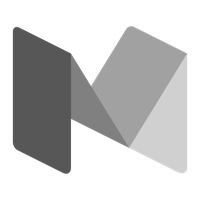
The Problem
The MVP created on mobile, web and tablet were technically offering all the basic features each persona needed to book. Despite that, the technology wasn't being used unless users were hand-held and set-up for each pod was a company-wide effort each and every conference.



 Flying out to a conference to observe users interact with the software was the first step in assessing where exactly the problems were. The challenge would be the sales team, whom had the opposing goal. While they aimed to give a white-glove experience with hopes of a sale, I let people on cellphones carrying laptops try to schedule a meeting they were late for through an experience they only just realized even existed. But, evil in the name of clean data, no? 😈
Flying out to a conference to observe users interact with the software was the first step in assessing where exactly the problems were. The challenge would be the sales team, whom had the opposing goal. While they aimed to give a white-glove experience with hopes of a sale, I let people on cellphones carrying laptops try to schedule a meeting they were late for through an experience they only just realized even existed. But, evil in the name of clean data, no? 😈











